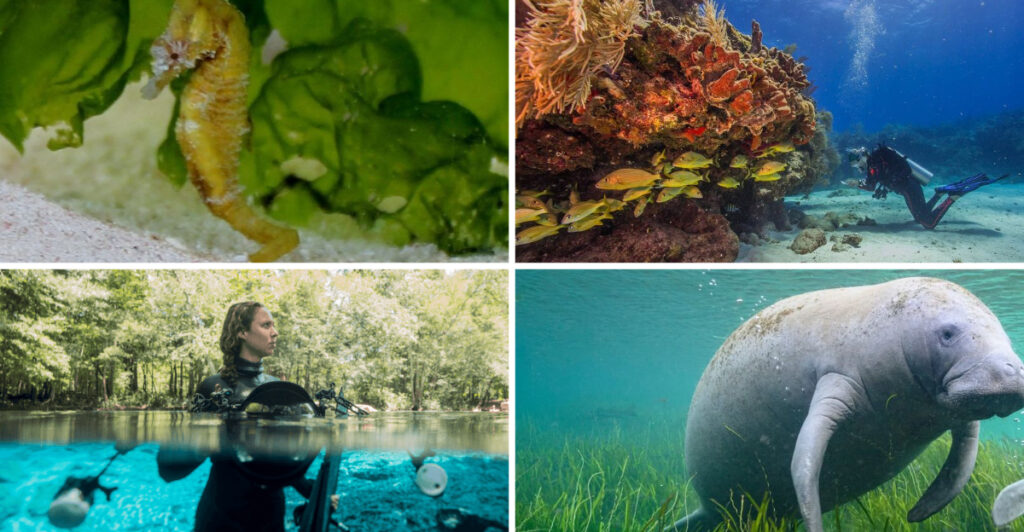Key Largo’s crystal-clear waters hide underwater treasures most tourists never discover. Beyond the crowded beaches and popular attractions lie secret snorkeling havens known only to locals who guard these spots jealously. These hidden gems offer incredible marine life, pristine coral formations, and the peaceful underwater experience you’ve been dreaming about.
1. Cannon Patch Reef
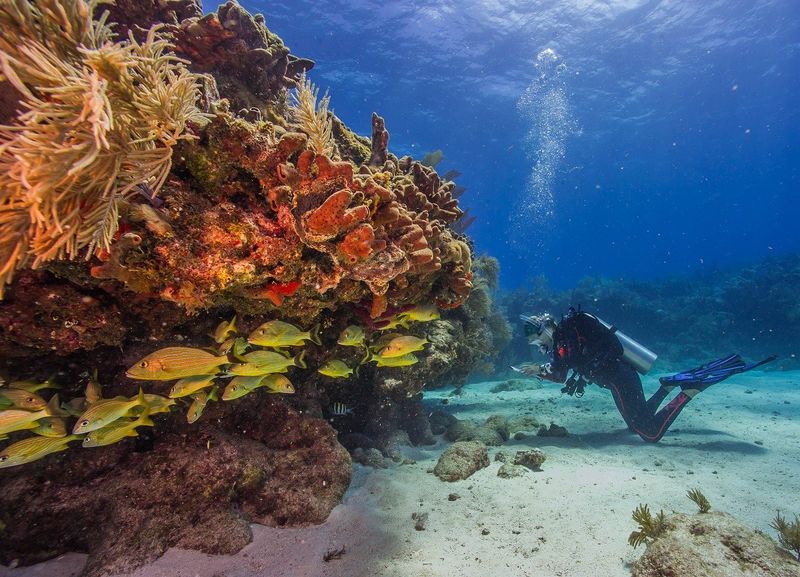
Just offshore from the Carysfort Lighthouse lies a shallow patch reef where cannons from a centuries-old shipwreck rest among vibrant coral. Schools of sergeant majors and blue tangs dart between the ancient artifacts.
The water depth rarely exceeds 10 feet, making it perfect for beginners. Access requires a short kayak paddle from a small, unmarked launch point near Mile Marker 98.
2. Banana Hammock Cove
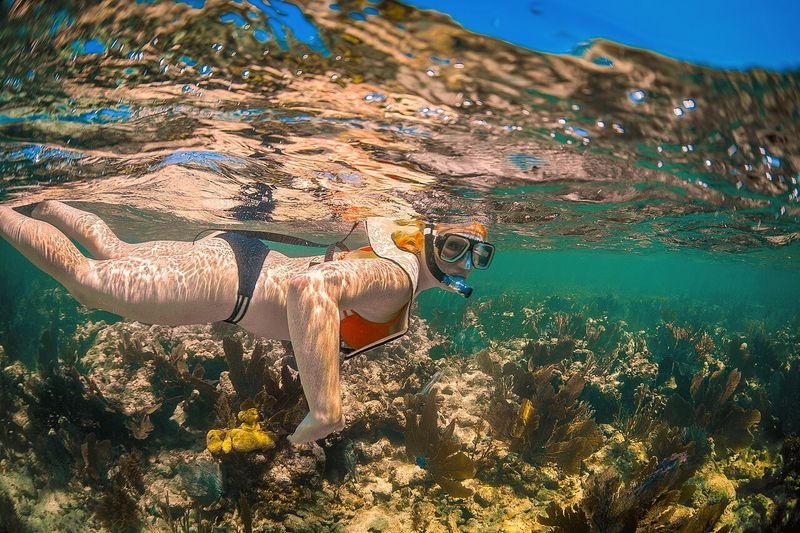
Named for the curved sandy bottom that resembles a hammock, this sheltered cove harbors juvenile reef fish in abundance. Yellow stingrays often bury themselves in the sand, visible only to the most observant snorkelers.
Morning visits offer the best visibility before afternoon winds kick up. The entrance is disguised by mangroves near Mile Marker 103, requiring a bit of bushwhacking to reach.
3. Angelfish Alley
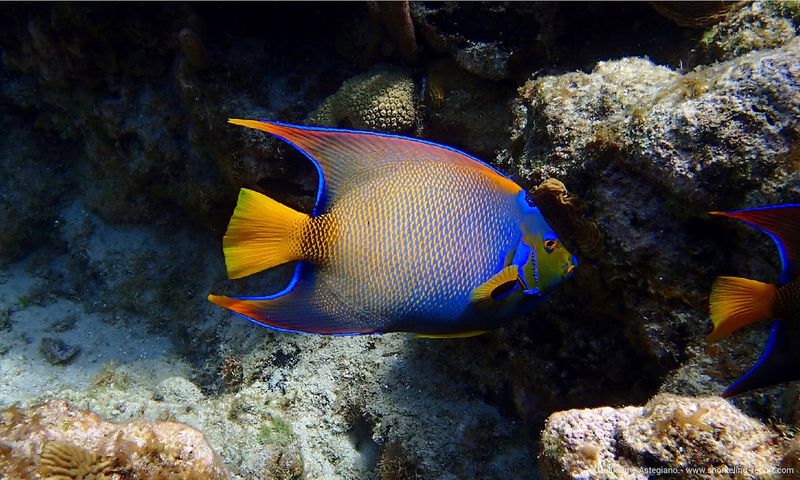
A narrow channel between two patch reefs creates a natural fish highway where French and gray angelfish congregate in surprising numbers. The surrounding coral heads form mini-caves that shelter sleeping nurse sharks and moray eels.
Local fishermen avoid revealing its location, accessible only during slack tide. Look for three tall palm trees in a row near Mile Marker 106 – the entry point lies directly offshore.
4. Manatee Meadows
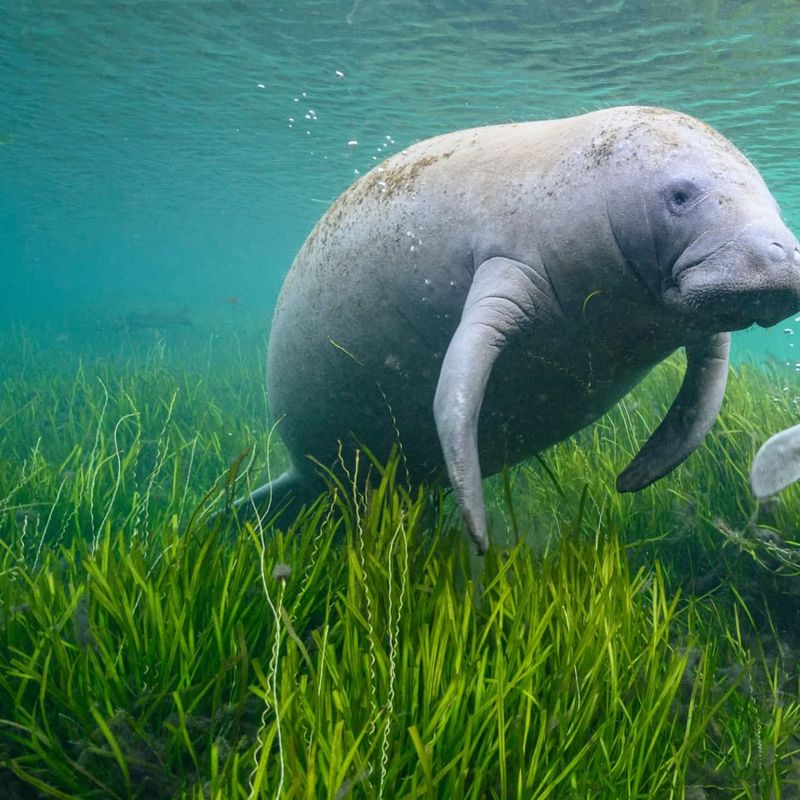
Seagrass beds near a freshwater outflow create a secret manatee gathering spot during winter months. These gentle giants often approach curious snorkelers, creating unforgettable encounters.
The site remains overlooked because it lacks flashy coral. A small, unmarked dirt road near Mile Marker 92 leads to the entry point, where warm water bubbles up from underground springs.
5. Smuggler’s Tunnel
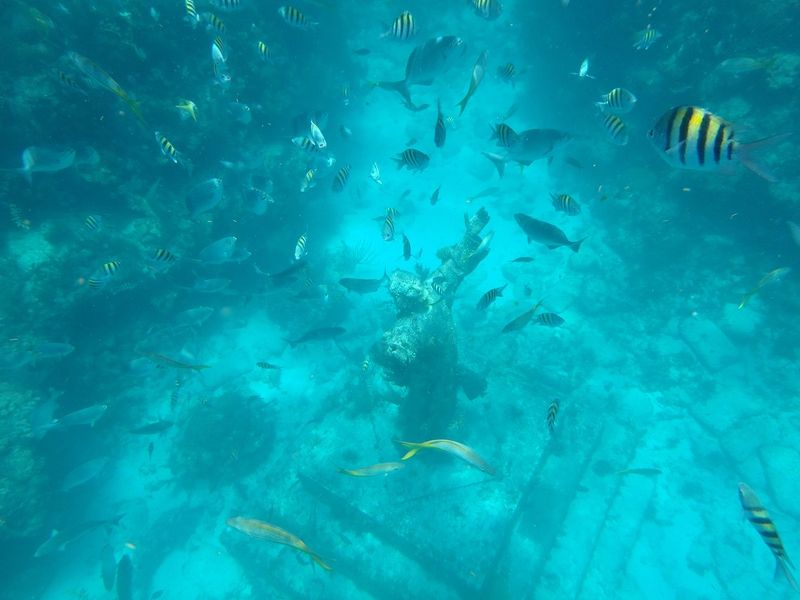
Rumored to be a Prohibition-era rum runner’s hideout, this narrow passage cuts through a limestone ridge just offshore. The tunnel walls glitter with tiny orange cup corals that flourish in the shadowy conditions.
Snorkelers with good breath-holding abilities can swim through the 15-foot passage. Find it by looking for a lone Australian pine tree standing sentinel near Mile Marker 101.5, then swim straight out 200 yards.
6. Seahorse Garden
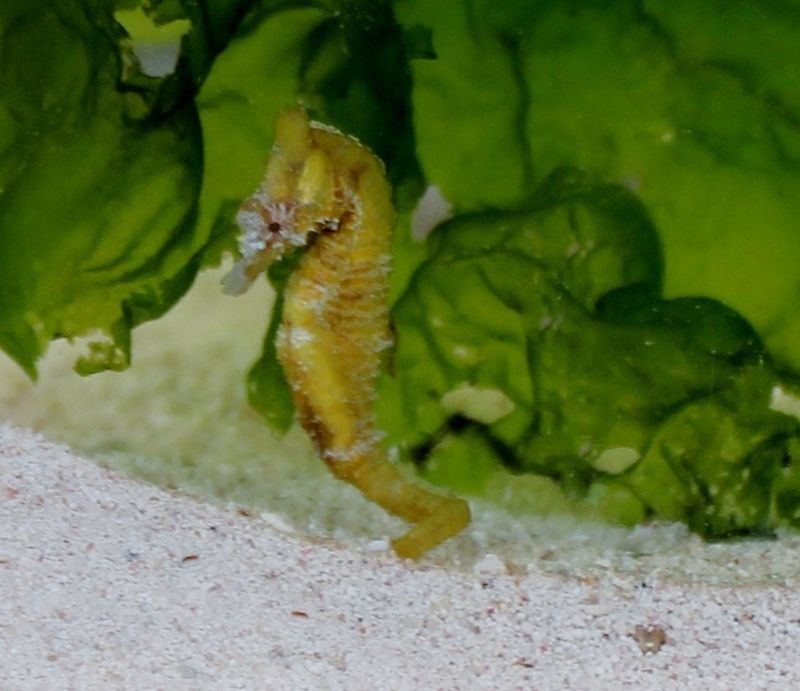
A patch of gorgonian sea fans harbors a surprising population of dwarf seahorses – the smallest seahorse species in North America. Their tiny size (barely an inch tall) makes them invisible to casual observers.
Serious snorkelers bring magnifying glasses to spot these delicate creatures. The site sits in just 6 feet of water near an abandoned dock stump at Mile Marker 99, completely overlooked by passing boats.
7. Blue Spring Oasis
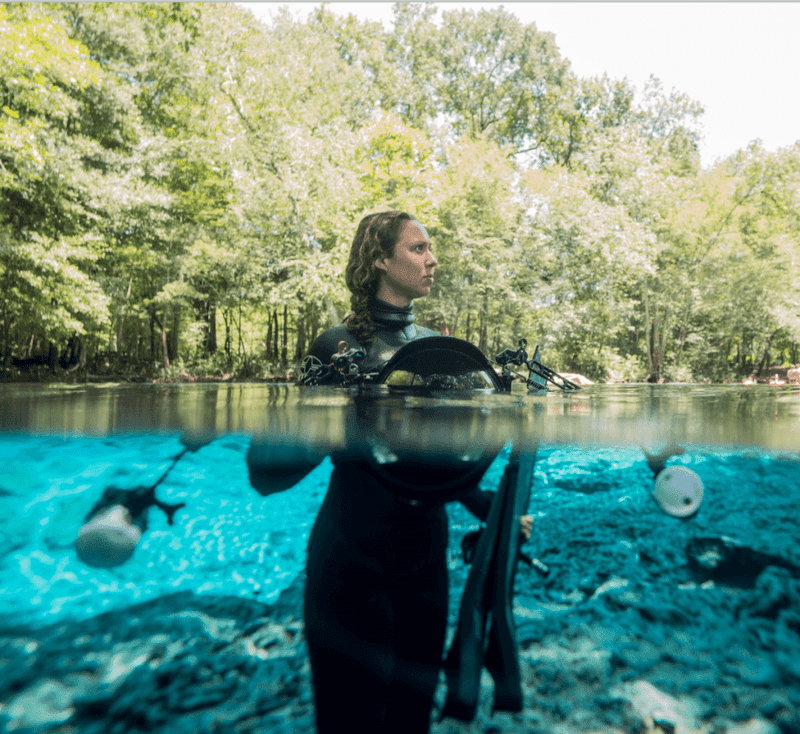
A freshwater spring bubbles up through the saltwater, creating a mesmerizing visual effect where the waters mix. The temperature difference attracts unusual species combinations – tropical reef fish swimming alongside freshwater creatures.
The spring remains hidden behind a cluster of mangrove islands near Mile Marker 95. Locals access it by paddleboard during high tide when the current helps navigate through the narrow mangrove channels.
8. Lobster Lane
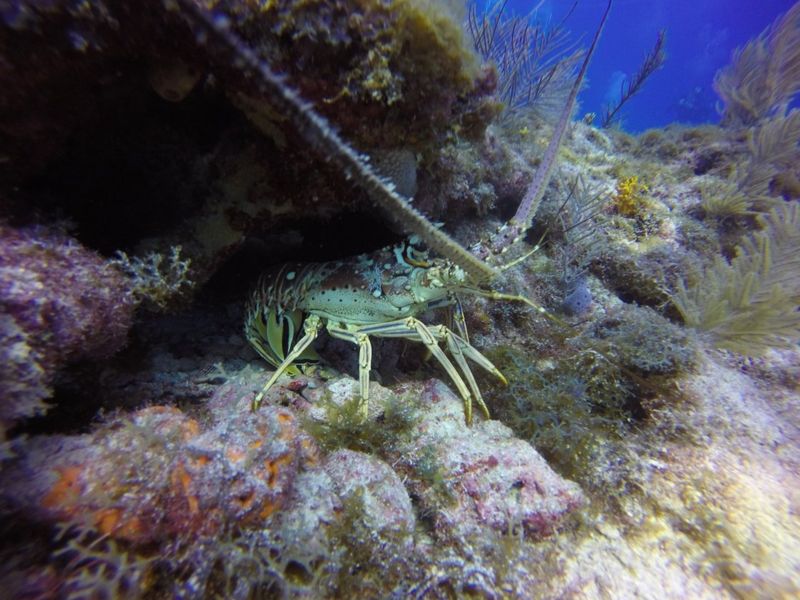
A series of limestone ledges creates perfect hiding spots for spiny lobsters. During the day, only their long antennae betray their presence in the shadows.
Smart snorkelers bring underwater flashlights to peer into the crevices. Located near an unmarked channel marker off Mile Marker 104, this spot stays secret because it’s only accessible by boat through a shallow, winding passage most captains avoid.
9. Midnight Parrotfish Reef
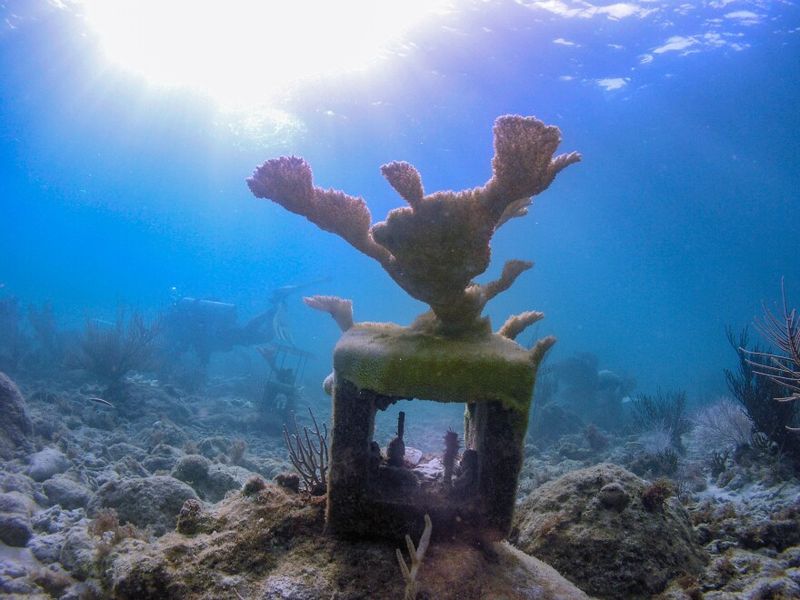
Named for the midnight parrotfish that congregate here in unusual numbers, this patch reef boasts healthy elkhorn coral – a critically endangered species. The site’s location in a deceptively shallow channel keeps most boats away.
Early morning visits might catch parrotfish still sleeping in their mucus cocoons. Access requires wading through a seemingly impassable mangrove thicket near Mile Marker 97, discouraging all but the most determined explorers.
10. Turtle Grass Haven
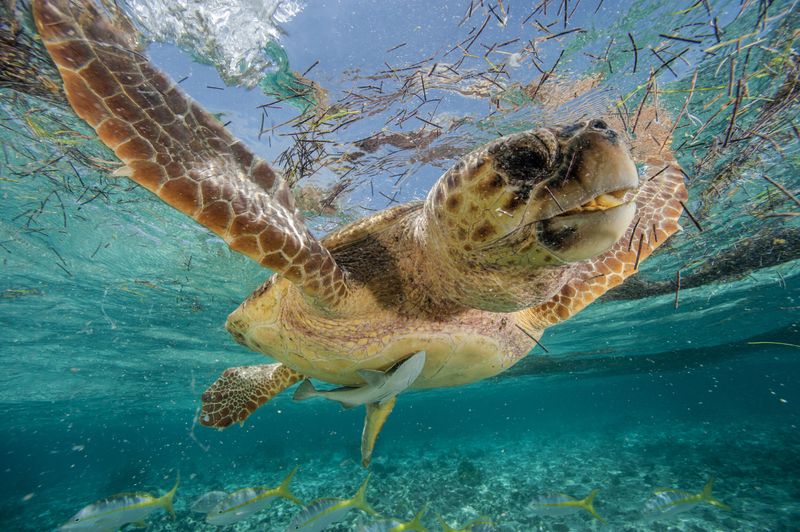
A secluded bay with extensive turtle grass beds serves as a feeding ground for juvenile green sea turtles. The site’s distance from boat channels means these young turtles feel comfortable enough to approach snorkelers.
The grass beds also hide fascinating macro life like seahorses and pipefish. Reaching this spot requires knowledge of a hidden channel through the shallows near Mile Marker 102, marked only by a single, weathered pole.
11. Octopus Alley
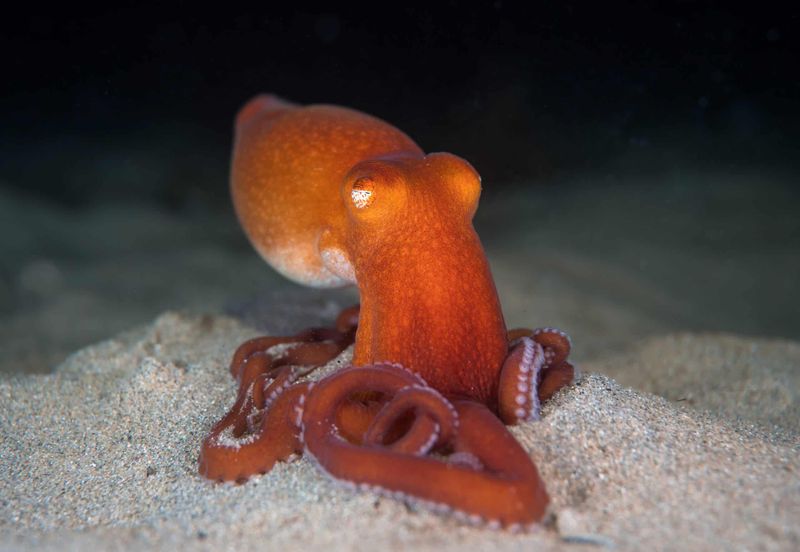
A rubble field created by an old hurricane has become prime real estate for octopuses. Patient snorkelers might spot half a dozen of these intelligent creatures in a single visit, especially during early morning hours.
The site’s unimpressive appearance from the surface keeps it overlooked. Located near a cluster of weather-beaten pilings off Mile Marker 100, locals recognize it by the unusual swirl pattern in the sand visible only at certain tide levels.
12. Barracuda Point
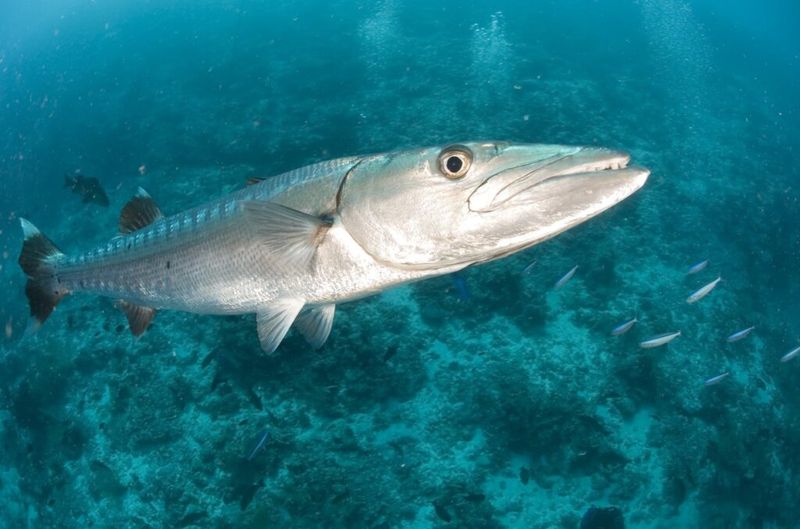
A sandy peninsula extends underwater, creating a natural patrol route for resident great barracuda. These impressive predators, some reaching five feet long, have grown accustomed to snorkelers and show curious but non-threatening behavior.
The point’s isolation keeps it secret. Access requires a 20-minute paddle from the unmarked boat ramp near Mile Marker 96, through a winding channel only navigable during mid to high tide.
13. Starfish Basin
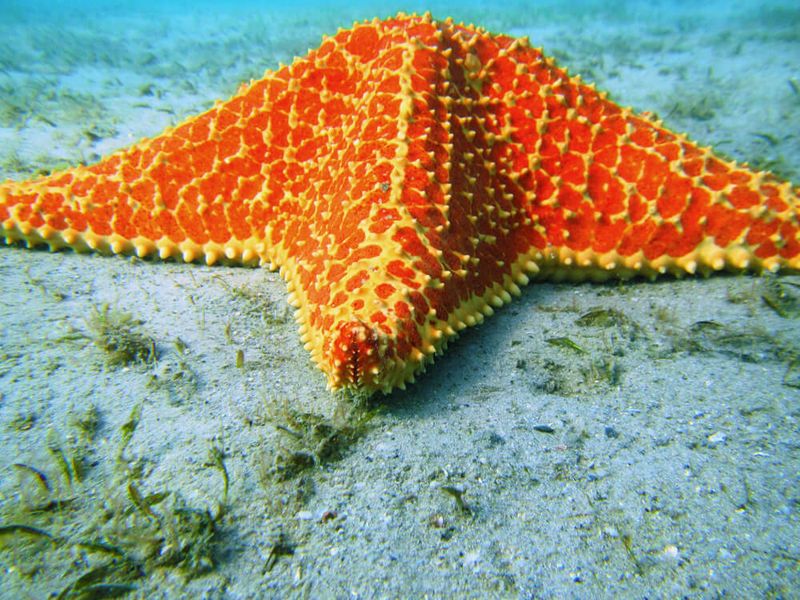
A natural depression in the seafloor collects nutrient-rich sediment, creating perfect conditions for cushion sea stars. Dozens of these colorful echinoderms carpet the basin floor in a spectacular display rarely seen elsewhere.
The site’s location behind a shallow reef crest keeps most boats away. Locals reach it by wading from shore near Mile Marker 93, following a specific heading marked by a lightning-struck mangrove visible from the roadside.
14. Nurse Shark Nursery
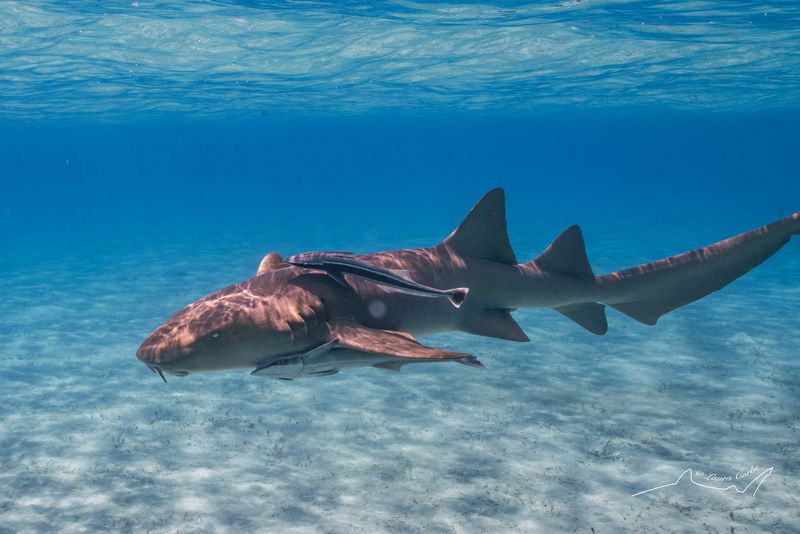
A protected cove serves as a nursery for juvenile nurse sharks. These harmless bottom-dwellers, typically 2-3 feet long, rest in groups under ledges during daylight hours.
Few tourists realize nurse sharks are completely safe to snorkel with. The nursery lies behind a deceptive shallow bar that appears impassable near Mile Marker 94, requiring local knowledge of a narrow but navigable channel marked by a partially submerged crab trap buoy.
15. Coral Gardens
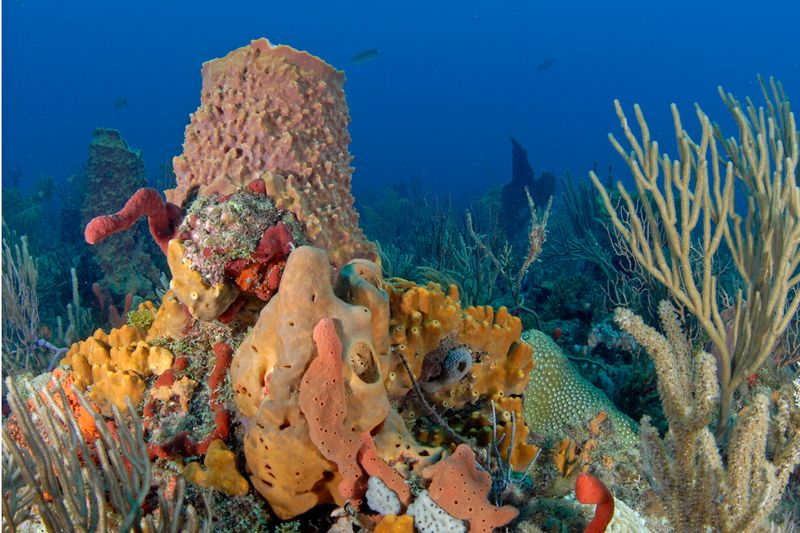
A small but thriving coral reef exists in an unexpected location – just offshore from a residential area. The site features rare pillar corals and unusually large brain corals that have survived decades of coastal development.
Locals access it by swimming from a nondescript beach near Mile Marker 105. The reef’s proximity to shore makes it seem too convenient to be special, yet its coral diversity rivals protected sanctuary zones.
16. Sponge Forest
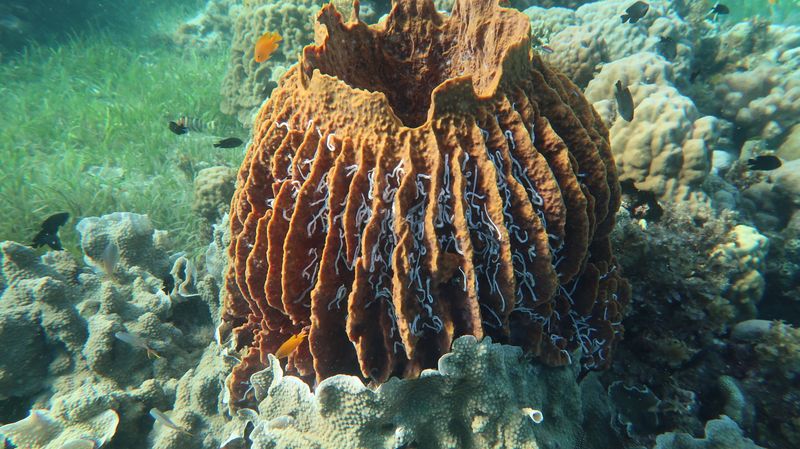
An unusual concentration of large barrel sponges creates an otherworldly underwater landscape. Some specimens reach 4-5 feet in diameter and may be hundreds of years old, earning them the nickname “redwoods of the reef.”
The site lacks the colorful coral that attracts most snorkelers, keeping it overlooked. Find it by locating the channel marker with faded red paint near Mile Marker 107, then swimming north along the dropoff for approximately 200 yards.
17. Ray Relaxation Station
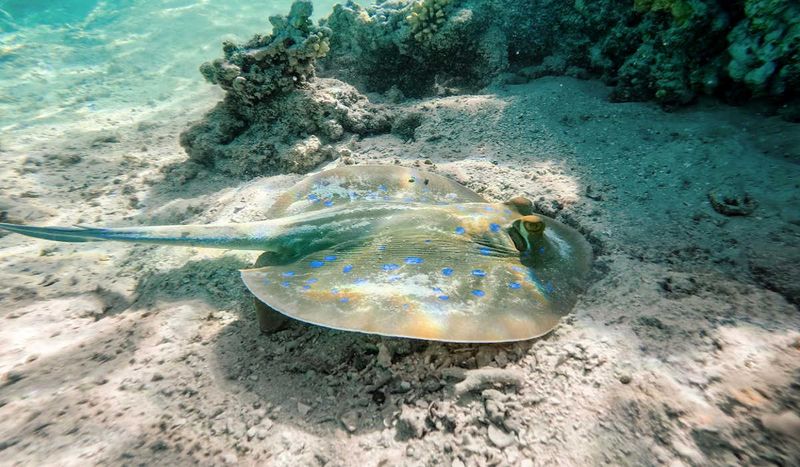
A sandy flat surrounded by seagrass serves as a cleaning station for southern stingrays. These graceful creatures arrive throughout the day to have parasites removed by small cleaner fish.
The rays have become accustomed to careful snorkelers observing their beauty routine. Located in a shallow lagoon accessible only through a hidden break in the mangroves near Mile Marker 90, the spot remains unknown even to many longtime residents.

